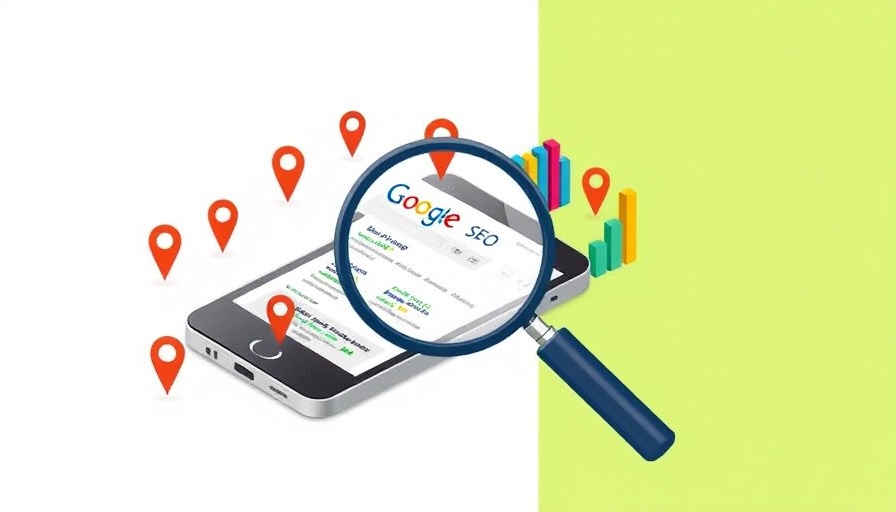
Understanding the Importance of H1 Tags
In the digital landscape, H1 tags are vital to a website's SEO strategy. Unfortunately, many websites misuse them without realizing the potential impact on their visibility in search engines. An H1 tag isn't just a title; it's like a headline of a book that tells readers—and search engines—what the content is about. It’s essential that your H1 aligns with user intent, ensuring that your page receives the traffic it deserves.
In 'Avoid Common H1 Mistakes: How to Optimize Your Headline for SEO', we explore the crucial role of H1 tags in search engine optimization, leading us to dive deeper into practical strategies for creating impactful headlines.
A Common Pitfall: Mismatched Titles and User Intent
One of the most significant mistakes seen across various websites is the mismatch between H1 and meta titles. When Google detects this discrepancy, it may rewrite your title in search results, potentially downplaying your intended messaging. This inconsistency not only frustrates users who expect to find certain information but can also lead to decreased rankings. It's crucial to craft an H1 that truly mirrors the content on your page while still being concise.
Keeping It Simple: The 60 Character Rule
Another guideline to adhere to is keeping your H1 tag under 60 characters. Why? Search engines, particularly Google, display only a limited number of characters in search results. A headline that exceeds this limit may get cut off, leaving users puzzled about the content. Limiting your H1 ensures clarity and readability, which helps capture interest instantly when users scroll through search results.
The Power of Using a Single H1 Tag
It might seem harmless to sprinkle multiple H1 tags throughout your content. However, many websites fall into this trap, inadvertently confusing search engines and hindering their SEO efforts. Properly utilizing a single H1 tag per page creates structure, allowing search engines to understand the hierarchy of content better. Think of your H1 tag as the primary title while subsequent headings serve as subheadings, providing clear navigation for both readers and search engines.
Future Predictions: The Evolution of SEO Practices
As technology continues to advance, so too does the approach to SEO and keyword optimization. Experts predict that the emphasis on user experience will drive changes in how search engines evaluate content. Understanding H1 tags now could position content creators favorably as these trends evolve. By establishing best practices today, website owners can adapt seamlessly to future changes.
Final Thoughts: How to Step Up Your Headline Game
Using tools like Keyword Finder AI can streamline your keyword research, helping you develop H1 tags that not only resonate with users but rank high in search engines. A well-optimized H1 can be the difference between engaging content and overlooked pages. Take the time to craft compelling headlines, ensuring you stay ahead in the digital marketing realm.
For anyone involved in online content creation or management, understanding how to optimize H1 tags is a crucial step. By applying these principles, you can enhance your site's visibility, improve user experience, and ultimately inspire readers with valuable content.
 Add Row
Add Row  Add
Add 




Write A Comment